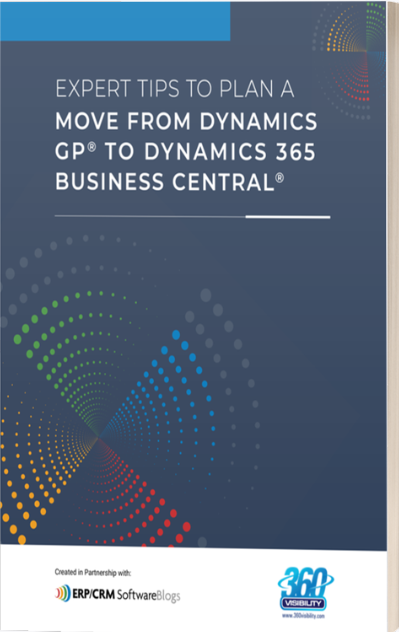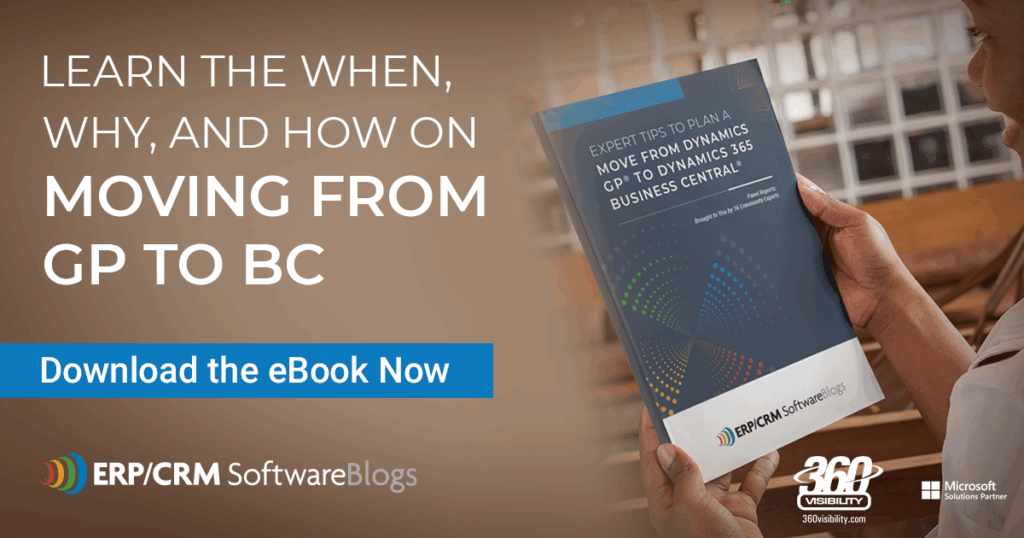If your organization still relies on Microsoft Dynamics GP (also known as Dynamics Great Plains), it’s time to take a serious look at your next move. With Microsoft officially announcing the Dynamics GP end of life, businesses are left with a decision: maintain a legacy system with no support or security updates or prepare for a future-ready platform like Dynamics 365 Business Central.
For many, the choice is already clear. Here’s why.
Dynamics GP vs Dynamics 365 Business Central: What’s the Difference?
While Dynamics GP has served thousands of businesses reliably over the years, it was built for an on-premise world. Dynamics 365 Business Central, by contrast, is a cloud-first solution designed for modern operations. It offers automatic updates, built-in AI features, seamless integrations with Microsoft 365 and Copilot, and scalability without the infrastructure burden. Business Central gives organizations a platform that evolves with their needs.
Why Dynamics GP Users Are Making the Switch
The transition is about transforming your operations for the better. Common reasons for switching include:
- Rising costs of maintaining servers and customizations
- Limited integration options and reliance on third-party add-ons
- Manual processes that can now be automated
- Inconsistent reporting and outdated interfaces
Business Central, by comparison, offers a subscription-based model, enhanced data security, mobile access, and real-time insights.
Planning Your Migration
Here’s what every business should know: moving from Dynamics GP to Business Central isn’t an upgrade – it’s a reimplementation. But that’s a good thing. It gives you the opportunity to streamline processes, clean up legacy data, and evaluate what functionality you actually need.
Successful migrations follow a proven roadmap:
- Download our eBook 8 Expert Tips to Move from Dynamics GP to Business Central
- Engage in a Business Impact Assessment to define your current workflows, pain points, and must-haves
- Evaluate existing third-party solutions and integrations
- Identify key reports and analytics needs
- Form an internal implementation team
- Budget for training, setup, and ongoing support
- Cleanse your data and decide what to migrate
- Communicate early and often with your Dynamics GP Partner
Don’t Wait for the Deadline
Thousands of users will need to move off the platform before support runs out. Waiting too long could mean limited resources and a rushed, costly migration. A thoughtful Dynamics GP migration gives your team time to adapt, take advantage of modern tools, and ensure long-term success.
Ready to Start?

Whether you’re weighing Dynamics GP vs Dynamics 365 Business Central or already exploring your transition, the key is to act early and plan well. Your next ERP shouldn’t just replace the old – it should support where your business is going next. And that future starts now.
Contact our team today and let us help you migrate. Plus, download our eBook 8 Expert Tips to Move from Dynamics GP to Business Central for more benefits.



